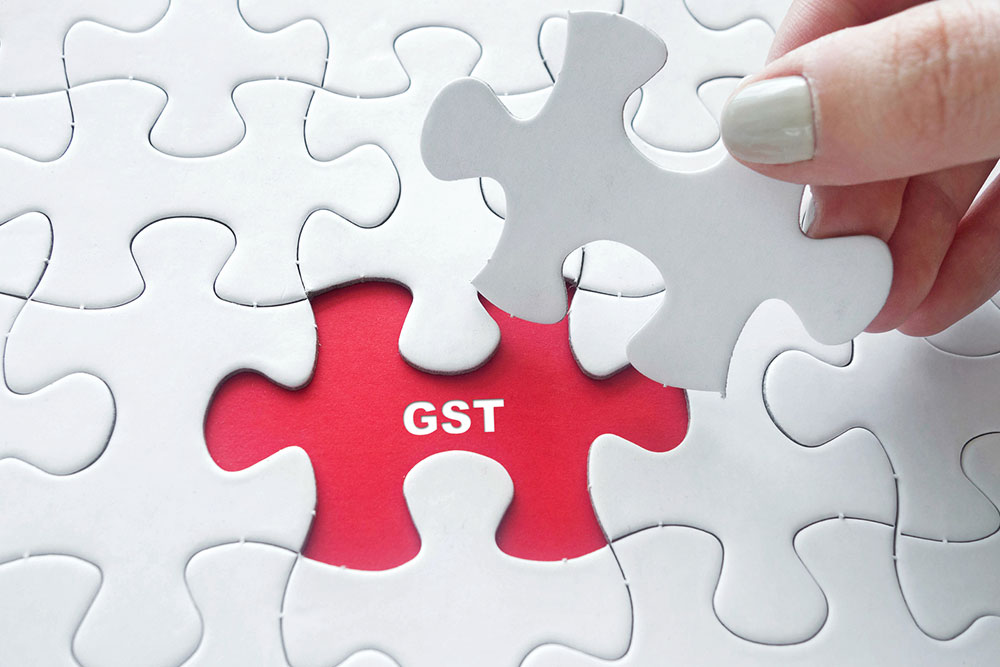Comprehensive Guide to GST Payment and Refund Procedures for Businesses and Consumers
This comprehensive guide breaks down the GST payment and refund procedures in India and Canada, helping businesses and consumers understand their tax obligations, calculations, and claim processes. From filing deadlines to refund eligibility, learn everything you need to navigate GST efficiently and ensure compliance with government regulations.

In-depth Insights into GST Payment Processes and Refund Claim Procedures
The Goods and Services Tax (GST) is a broad-based consumption tax imposed on the sale of most goods and services within specific countries. Although the end consumers primarily bear the ultimate tax burden, it is the responsibility of registered businesses to collect, report, and remit this tax to government authorities. Moreover, both businesses and consumers have provisions to claim refunds on GST paid, under certain eligible circumstances. This comprehensive guide aims to clarify the detailed procedures involved in GST payments and refund claims, providing clarity for entrepreneurs, professionals, and everyday consumers alike.
Understanding GST in India: Key Components and Classifications
India's GST system is thoughtfully structured into three primary types, each designed to streamline taxation across different regions and transaction types. These are:
Integrated GST (IGST): Levied on interstate supply of goods and services, IGST revenue is directed to the central government. This ensures smooth tax collection across state boundaries, promoting seamless national trade.
State GST (SGST): Imposed on intra-state transactions, SGST revenues are allocated directly to the state government, supporting local infrastructure, education, and health services.
Central GST (CGST): Also applicable for intra-state transactions, CGST revenue is assigned to the central government, funding national development projects and administrative expenses.
In addition to GST, businesses are subjected to various other taxes depending on their activities, which include:
Tax Deducted at Source (TDS): This tax is deducted at the source from payments made to suppliers or contractors, helping the government collect taxes efficiently.
Tax Collected at Source (TCS): Primarily applicable to e-commerce activities, TCS involves collecting 2% tax from payments made towards online sales or services, which can be claimed as input credit later.
Reverse Charge Mechanism: In certain cases, the responsibility to pay the GST shifts from the supplier to the recipient, especially in services or specific transactions mandated by law.
Additional charges such as late fees, interest, or penalties may also apply depending on compliance with filing deadlines or payment delays, ensuring disciplined tax adherence.
Calculating Your GST Obligation: A Step-by-Step Approach
The amount payable as GST is primarily determined by subtracting eligible Input Tax Credit (ITC) from the total outward tax liability. The gross GST amount includes taxes collected on sales minus any input credits available for the purchase of goods or services. The net payable is adjusted by deducting TDS and TCS, if applicable, and adding any interests, penalties, or late fees that may be due.
GST filings are commonly completed through the GSTR-3 return, which is typically due by the 20th of each month. Businesses have the choice to file and pay online via the official GST portal or offline where relevant. For liabilities exceeding ₹10,000, online filing becomes mandatory to ensure transparency and timely compliance.
Understanding GST Refund Procedures and Eligibility
GST refunds can be claimed online through the government portal within specific timeframes. Some common scenarios warranting refunds include:
Excess GST paid for international travel or through diplomatic channels
Refunds for taxes paid by embassies, UN bodies, or similar entities
Accumulated ITC resulting from zero-rated supplies or tax-exempt outputs
Finalization of provisional assessments that resulted in overpayment
Exports or deemed exports that qualify for refunds or rebates
Filing for refunds requires supporting documentation and adherence to timelines. Proper understanding of the online portal and specific procedural requirements helps ensure quick processing and claim success.
GST System in Canada: A Different Approach
Canada's taxation system incorporates GST along with Harmonized Sales Tax (HST), which combines federal and regional taxes. The standard GST rate is 5%, applicable nationwide. However, HST rates differ across provinces due to regional legislations, leading to varying rates such as 13% in Ontario or 15% in Nova Scotia. This dual tax structure allows personalized regional taxation while maintaining a consistent framework for most goods and services.
GST and HST Payment Responsibilities in Canada
Businesses and individuals engaged in taxable activities are generally required to charge, collect, and remit GST/HST to the Canada Revenue Agency (CRA). Certain exempt organizations or registered persons under specific treaties might be excluded from these obligations.
GST/HST Refunds and Credits for Canadian Taxpayers
The Canadian government offers GST/HST credits to low- and modest-income households, rendered quarterly to mitigate their tax burden. These credits are targeted at eligible families and individuals who meet income thresholds, aimed at promoting economic fairness and reducing poverty.
Eligibility and Application for GST Credits
To qualify for GST/HST credits, applicants must satisfy specific criteria, including age, residency status, and income levels. Typically, applicants need to be Canadian residents aged 19 or older, with net family income below set thresholds, such as roughly $52,000 to $69,000 as per recent data. To apply, residents must complete relevant forms like RC66 or RC151, which are available on the Canada Revenue Agency website, facilitating a straightforward process for assistance with tax reductions.




